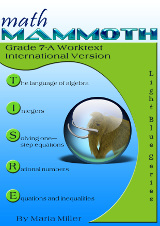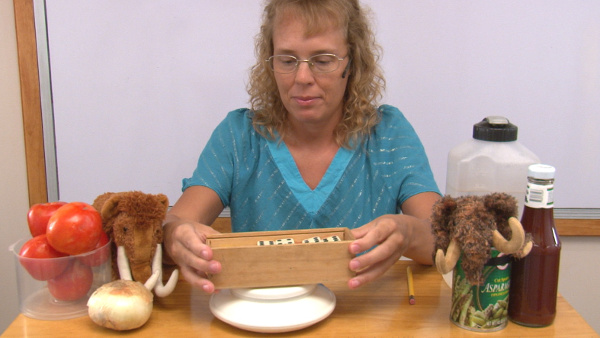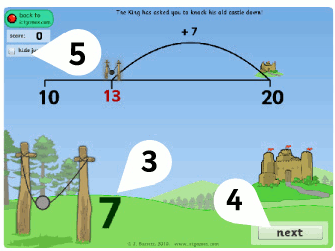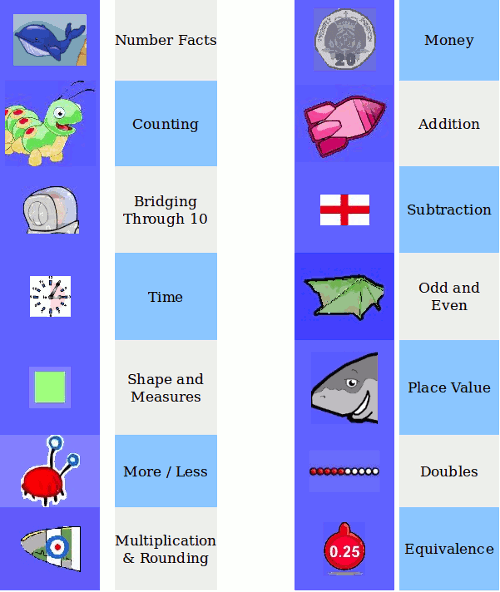 Maria's Math Tips, April 2016 |
Welcome to April!
|

1. Math Mammoth newsGrade 7 International version is now available!Besides that, I also offer grades 4-7 of the international version as a discounted bundle — save 33%! |

2. Measurement lessonsHere are four new video lessons for about 3rd grade level concerning various measuring units:
|
3. ICT gamesCheck out ICT games — lots of math games for kindergarten through grade 3. The games emphasize concepts which I always like.The game topics include counting, addition, subtraction, number facts, odd and even, doubles, more/less, shape and measures, time, place value, multiplication & rounding, and British money.  For example, my 2nd grader enjoyed Catapult Count On game just a few days ago.
For example, my 2nd grader enjoyed Catapult Count On game just a few days ago.
In it, you use your knowledge of number bonds to 10, but with two-digit numbers: you "jump" from a given number to the next multiple of 10. For example: 32 + ____ = 40. If it is too easy "as is", tick the 'hide jumps' box. |
4. Lesson on budgetingI found a lesson on BUDGETING that some of you might like (PDF file).In it, the student makes a budget in a spreadsheet program (such as Excel) for a girl going to college. First, a simple budget is made, but then it needs refined and amended because of additional expenses. The lesson takes the concept of making a budget step-by-step in a neat way, I feel. :) |
5. Some news about prime numbersThis is a SIMPLE, yet previously unnoticed property of prime numbers... For example, a prime ending in 9 is almost 65 percent more likely to be followed by a prime ending in 1 than another prime ending in 9. Most mathematicians would have assumed that a prime should have an equal chance of being followed by a prime ending in 1, 3, 7 or 9 (the four possible end digits for primes greater than 5). In other words, the distribution of primes doesn't seem to be totally random! Thanks for reading! Feel free to forward this issue to a friend/colleague! Subscribe here. Till next time, Maria Miller |
| Math Mammoth freebies | Math Mammoth on Facebook | Newsletter Archives |
| Inspire4 | Complete curriculum | Placement tests |


